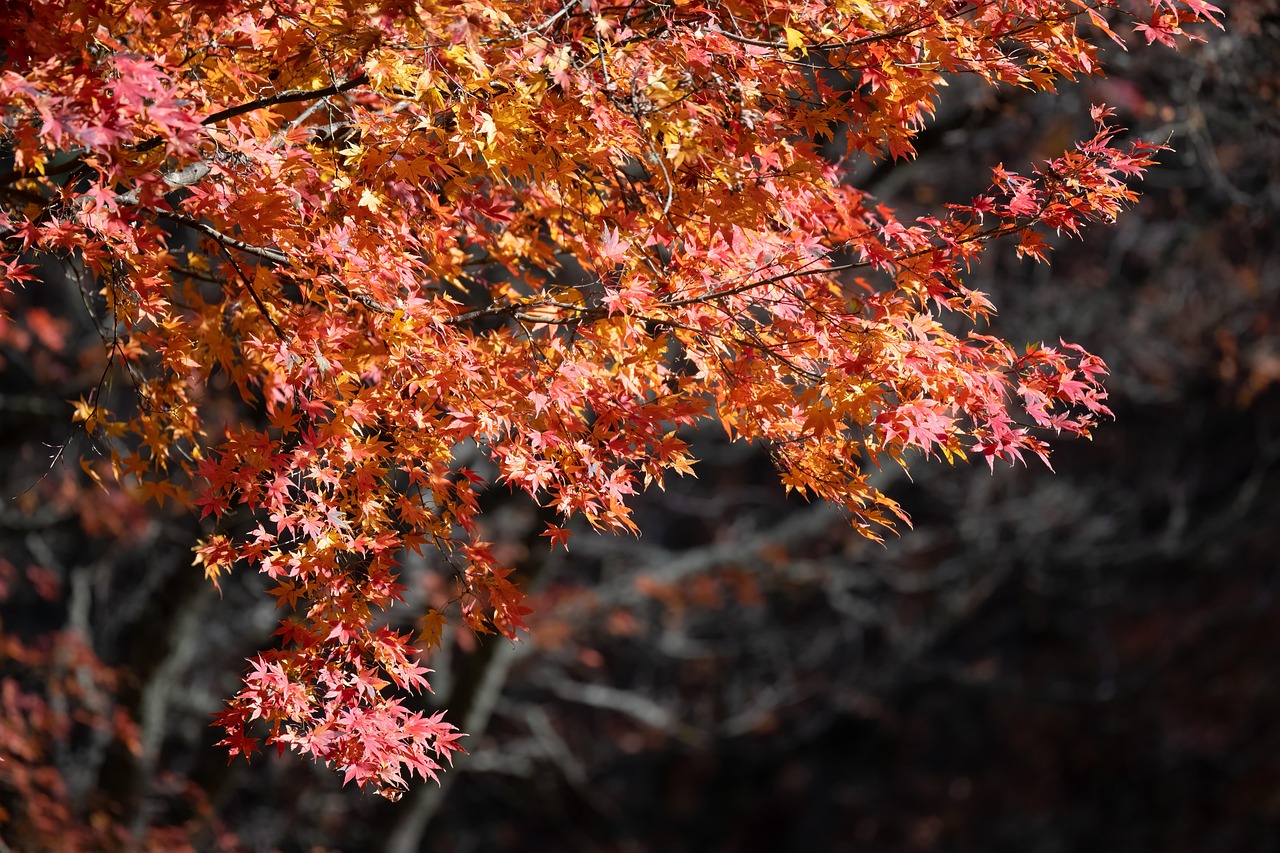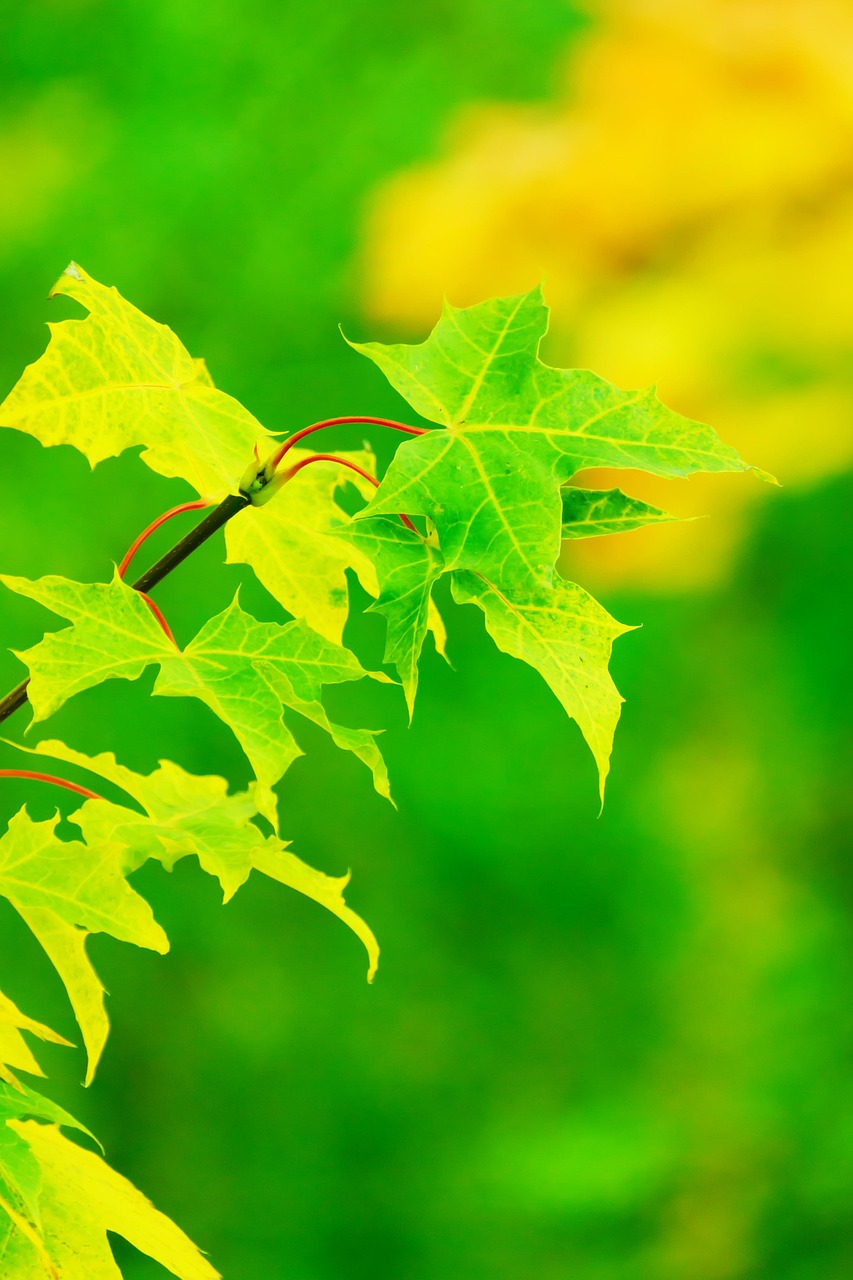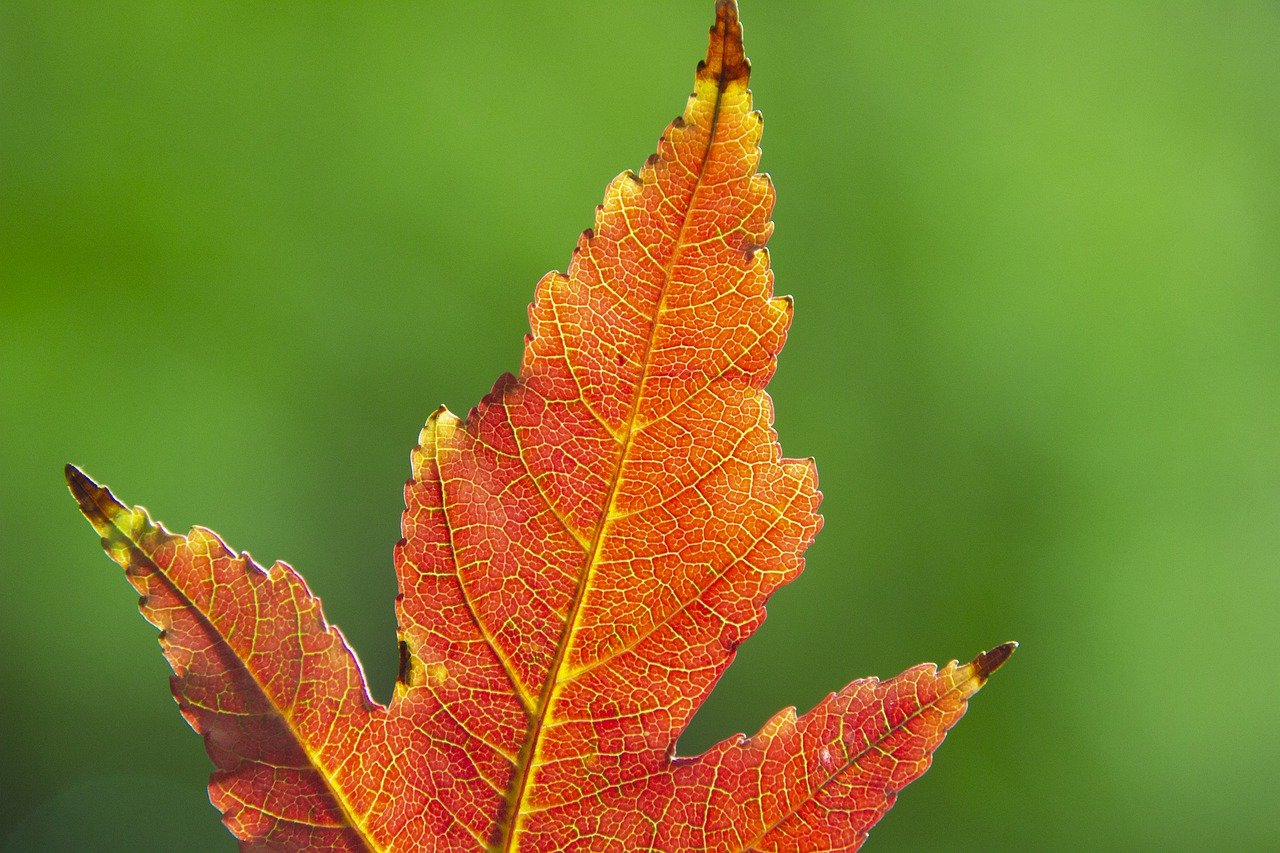Maple trees stand as majestic sentinels in forests, parks, and yards worldwide. Their vibrant foliage and distinctive shape make them a beloved choice for landscaping and a symbol of nature’s beauty. But there is more to these trees than meets the eye. Understanding the species, cultivation, and cultural significance of maple trees unveils a world rich in diversity and history.
Maple trees belong to the genus Acer, which encompasses over 100 different species. These trees are native to Asia, Europe, and North America, showcasing their adaptability to various climates. The maple leaf, in particular, is iconic, representing not just the tree itself but also being a national symbol of Canada.

The most recognized species include the sugar maple (Acer saccharum), red maple (Acer rubrum), and silver maple (Acer saccharinum). Each species has unique characteristics that contribute to its popularity among gardeners and landscapers. For instance, the sugar maple is celebrated for its stunning fall foliage and is also the source of maple syrup, a sweet treat loved by many.
Characteristics of Maple Trees
Maple trees are known for their distinct features that make them stand out in any environment. Here are some key characteristics:
- Leaf Shape: Maple leaves are typically palmate, meaning they have lobes that radiate from a central point. The number of lobes can vary by species.
- Color: Maple trees provide a spectacular display of color in autumn. Leaves can turn vibrant shades of red, yellow, and orange.
- Bark Texture: The bark of maple trees can vary from smooth in younger trees to rugged ridges in older specimens.
- Growth Habit: Maples can grow as tall as 100 feet, with some species exhibiting a spreading canopy that makes them excellent shade trees.
The ecological benefits of maple trees cannot be overstated. They provide habitat for various wildlife species and contribute significantly to soil health through leaf litter decomposition. Additionally, maples play a vital role in carbon sequestration, helping mitigate climate change effects.
In many cultures, maple trees hold significant symbolic meanings. In Japan, the changing colors of maple leaves in autumn are celebrated during the festival known as momijigari. This tradition involves viewing the stunning fall foliage and is deeply rooted in Japanese aesthetics and philosophy.
Aside from their aesthetic and ecological importance, maple trees have practical uses. The wood derived from these trees is highly valued for its strength and fine grain, making it ideal for furniture and flooring. Furthermore, the sap harvested from sugar maples is transformed into delicious maple syrup, a staple in many households.
Growing Maple Trees
If you’re interested in adding these beautiful trees to your landscape, understanding their growth requirements is essential. Here are some tips for growing healthy maple trees:
- Soil: Maples prefer well-drained soil rich in organic matter.
- Sunlight: These trees thrive in full sun but can tolerate partial shade.
- Watering: Adequate watering is crucial during the first few years after planting to establish strong roots.
- Pest Management: Regularly check for pests such as aphids and scale insects that can harm the tree.
By ensuring the right conditions for growth, garden enthusiasts can enjoy the breathtaking beauty and benefits of maple trees for generations to come.
The Benefits of Maple Trees

Maple trees are not only visually stunning but also offer numerous benefits that enhance both the environment and human life. Understanding these advantages can help you appreciate the importance of these majestic trees even more.
Environmental Benefits
Maple trees contribute significantly to the ecosystem in various ways:
- Carbon Sequestration: Like all trees, maples absorb carbon dioxide from the atmosphere, helping to mitigate climate change.
- Habitat Provision: They provide shelter and food for various wildlife, including birds, insects, and mammals.
- Soil Improvement: The leaves of maple trees decompose into rich organic matter, enhancing soil fertility and structure.
- Water Management: Their root systems help prevent soil erosion and improve water infiltration, reducing runoff and flooding.
Cultural and Aesthetic Value
Maple trees have a deep-rooted significance in various cultures around the world. Here are a few examples of their cultural importance:
- National Symbols: The sugar maple is a national symbol of Canada, represented on the country’s flag. It embodies strength and resilience.
- Art and Literature: Maples have inspired countless artists and writers, symbolizing beauty and change.
- Festivals: Many regions celebrate festivals centered around maple trees, particularly during the fall when the leaves change color.
The aesthetic appeal of maple trees is undeniable. They create stunning landscapes, especially when their leaves turn vibrant hues of red, orange, and yellow in the autumn. This seasonal transformation attracts nature lovers and photographers alike.
Maple Tree Varieties

The diversity within the Acer genus results in a wide range of maple tree varieties. Each type has unique attributes suited to different landscapes and climates. Here are some notable varieties:
| Species | Description | Ideal Growing Conditions |
|---|---|---|
| Sugar Maple (Acer saccharum) | Known for its vibrant fall colors and sap for maple syrup. | Well-drained, fertile soil; full sun to partial shade. |
| Red Maple (Acer rubrum) | Fast-growing with brilliant red foliage in fall. | Tolerates wet conditions; adaptable to various soils. |
| Silver Maple (Acer saccharinum) | Fast-growing with delicate leaves that shimmer in the wind. | Prefers moist soil; thrives in full sun. |
| Japanese Maple (Acer palmatum) | Dwarf varieties with stunning leaf shapes and colors. | Well-drained soil; partial shade preferred. |
Choosing the right variety of maple tree depends on your local climate, soil conditions, and landscape design preferences. Each species has its own unique charm that can enhance any garden or park setting.
Maple Trees in Landscaping
Incorporating maple trees into landscaping designs can elevate the overall aesthetic of outdoor spaces. Here are some popular uses:

- Shade Trees: Their broad canopies provide excellent shade for homes, parks, and playgrounds.
- Focal Points: A vibrant maple can serve as a stunning focal point in gardens or yards.
- Windbreaks: Planting rows of maples can act as effective windbreaks, protecting homes and gardens from harsh winds.
When planning your landscape, consider the mature size of the maple tree you choose. Proper placement ensures that they thrive and do not interfere with buildings, power lines, or other plants.
Maple Tree Care and Maintenance
To ensure the longevity and health of your maple trees, proper care and maintenance are essential. These trees can thrive for decades, but they require attention to certain factors throughout their life cycle. Here are some important aspects to consider:
Watering Practices
Watering is crucial, especially during the initial years after planting. Here are some guidelines:
- Frequency: Newly planted maples should be watered deeply once a week during dry spells. Established trees may need less frequent watering, depending on rainfall.
- Techniques: Use a soaker hose or drip irrigation to deliver water directly to the roots, minimizing evaporation.
- Signs of Stress: Watch for wilting leaves or leaf drop, which may indicate a need for more water.
Fertilization
Fertilizing maple trees can enhance their growth and vitality. Here are some tips for effective fertilization:
- When to Fertilize: Apply fertilizer in early spring before new growth begins. This timing ensures that nutrients are available when the tree needs them most.
- Type of Fertilizer: Use a balanced fertilizer (such as 10-10-10) or one specifically formulated for trees. Organic options like compost can also improve soil health.
- Application Method: Spread the fertilizer evenly around the tree, avoiding direct contact with the trunk. Water thoroughly after applying to help the nutrients penetrate the soil.
Pest and Disease Management
Maple trees can be susceptible to various pests and diseases. Early detection and management are key to keeping your trees healthy.
- Aphids: These small insects suck sap from leaves. Use insecticidal soap or neem oil to manage infestations.
- Maple Leafcutter: This pest creates distinctive holes in leaves. Hand-picking or using insecticides can help control their numbers.
- Diseases: Fungal diseases like tar spot and verticillium wilt can affect maple trees. Prune affected branches and ensure good air circulation to prevent outbreaks.
Seasonal Considerations
Each season brings unique care requirements for maple trees. Understanding these can enhance their health and beauty throughout the year.
Spring Care
In spring, as your maple tree begins to awaken, focus on:
- Pruning: Remove any dead or damaged branches to promote healthy growth.
- Mulching: Apply a layer of organic mulch around the base to retain moisture and suppress weeds.
Summer Care
During the summer months, your focus should shift to:
- Watering: Maintain consistent moisture levels, especially during hot spells.
- Pest Monitoring: Regularly inspect leaves for pests and take action as needed.
Fall Care
The fall season is crucial for preparing your maple for winter:
- Leaf Cleanup: Rake fallen leaves regularly to prevent fungal diseases.
- Winterization: In colder climates, consider wrapping young trees with burlap to protect them from harsh winds and frost.
Winter Care
While maple trees are dormant in winter, some care is still necessary:
- Protection from Damage: Check for snow accumulation on branches and gently remove excess weight to prevent breakage.
- Irrigation Needs: In areas with dry conditions, ensure that your tree has enough moisture before the ground freezes.
By following these care guidelines, you can help your maple trees thrive through every season, ensuring their beauty and benefits for years to come.
Maple Trees and Their Role in Urban Environments
As cities expand, the importance of incorporating trees, particularly maples, into urban landscapes becomes ever more critical. Maple trees offer numerous advantages in urban settings, enhancing both aesthetics and environmental quality.
Urban Canopy Benefits
Maple trees can significantly contribute to the urban canopy. Their broad leaves provide ample shade, helping to reduce the heat island effect prevalent in city areas. Here are some benefits they bring to urban environments:
- Temperature Regulation: By providing shade, maples can help lower surrounding temperatures, reducing the need for air conditioning in nearby buildings.
- Air Quality Improvement: Trees filter pollutants from the air, improving overall air quality and promoting better health among city residents.
- Noise Reduction: The foliage of maple trees can act as a natural sound barrier, absorbing noise from traffic and other urban activities.
Community Engagement and Education
Maple trees also serve as a focal point for community engagement and educational opportunities. Many cities host events centered around maple trees, including:
- Maple Syrup Festivals: These events educate the public about the syrup-making process while celebrating local culture.
- Tree Planting Initiatives: Community members can participate in planting days, fostering a sense of ownership and responsibility towards local green spaces.
- Nature Walks and Workshops: These activities can provide insights into the ecology of maple trees and their significance in urban ecosystems.
Maple Trees and Sustainability
In today’s world, sustainability is a key concern. Maple trees contribute to sustainable practices in various ways:
- Renewable Resources: Products derived from maple trees, such as syrup and wood, are renewable resources that can be harvested responsibly.
- Biodiversity Support: By planting maple trees, we support diverse ecosystems that help maintain ecological balance.
- Carbon Footprint Reduction: Trees absorb carbon dioxide, helping to combat climate change and its associated impacts on our planet.
Final Thoughts
The majesty of maple trees extends far beyond their stunning appearance; they embody ecological benefits, cultural significance, and practical uses that enrich our lives. Whether you are considering adding one to your landscape or simply appreciating their beauty in a park, understanding their value is crucial.
From providing shade and improving air quality in urban settings to offering a source of delicious maple syrup, these trees play an integral role in our ecosystem. By caring for them properly and recognizing their contributions, we can ensure that future generations will also enjoy the beauty and benefits of maple trees.
As stewards of the environment, it is our responsibility to protect and promote the growth of these extraordinary trees. In doing so, we not only enhance our surroundings but also contribute to a healthier planet for all living beings.
